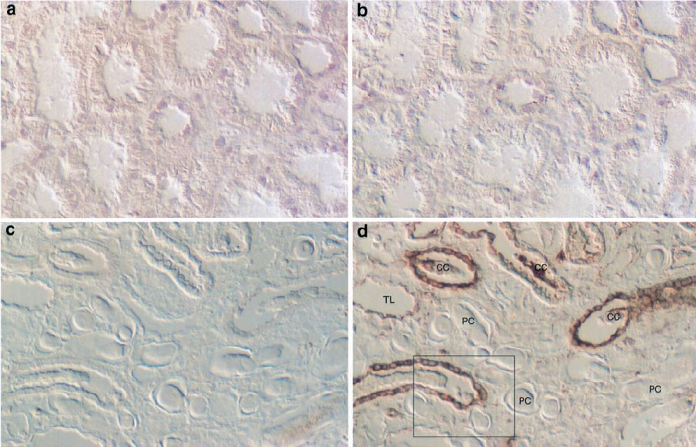|
|
|
Medical Pharmacology Chapter 36: Antiviral Drugs
Antiviral Drugs
Anti-viral drugs with activity against HIV (Human Immunodeficiency Virus)
HIV-1 Pathophysiology/Pathogenesis: HIV Disease Presentations
Kidney disease may occur as a:
Direct result of infection with HIV2
HIV-1 has been demonstrated in clinical and animal studies to infect renal parenchymal cells in HIVAN (HIV-associated neuropathy).5
HIV DNA and mRNA have been demonstrated in human renal tissue. Local renal viral replication has been shown.
An HIV viral reservoir may include renal epithelium.
HIV appears to enter renal epithelial cells without depending on CD4+ or other currently identified HIV coreceptors.
One study involving T cells fluorescently labeled with HIV virus and exposed to renal tubular epithelial cells found direct viral intercellular transfer.
Such transfer did not require CD4+ but was dependent on cell-cell adhesion.
Following viral internalization, HIV-specific proteins were synthesized.5
![]() Although
evidence that HIV1 might infect kidney cells in HIVAN, definitive data
supporting renal epithelial cell HIV-1 infection was presented in 2000.9
Although
evidence that HIV1 might infect kidney cells in HIVAN, definitive data
supporting renal epithelial cell HIV-1 infection was presented in 2000.9
Early on, patients with HIV disease affecting the kidney exhibited rapid progression to end-stage renal disease and death.
However, more attention was focused on AIDS-defining opportunistic infections along with malignancies during the first decade of the HIV epidemic.9
In 2000, investigators utilized three methods which confirmed HIV-1 in human kidney tissue.10
These methods included:
PCR (polymerase chain reaction) for circularized episomal cDNA
mRNA in situ hybridization involving two riboprobes capable of detecting spliced or full-length viral mRNA
 |
|
DNA in situ PCR.
![]() HIV-1 RNA
(nef and gag) and DNA (env) were detected in HIV-1 renal epithelial
cells.
HIV-1 RNA
(nef and gag) and DNA (env) were detected in HIV-1 renal epithelial
cells.
Such detection was possible even in patients showing "undetectable"(i.e. <50 copies/ml) levels of viral RNA in peripheral blood.
Active replication (suggested by the presence of extrachromosomal circular DNA in leukocytes or renal epithelial cells) continued in patients with undetectable viral burdens, a finding consistent with the kidney harboring replicating virus.
Indirectly as a result of opportunistic infection or neoplasm.2
Furthermore, drug toxicity may also result in renal dysfunction.2
Microalbuminuria is noted in about 20% of untreated HIV-infected individuals and significant proteinuria is seen in about 2% of untreated HIV patients.2
Microalbuminuria appears indicative of an increased mortality rate, due to all causes.
HIV-associated neuropathy (HIVAN) has been identified as a direct HIV-infection complication and may be noted as an early indicator of HIV infection.2
|
|
|
|
|
|
Most of the time, however, HIV-associated neuropathy (HIVAN) is found in patients who exhibit a CD4+ T cell counts of <200/ÁL.
HIVAN may also occur in children.2
![]() The
majority of HIVAN cases, >90%, occur in African-American or
Hispanic patients and is a more severe in this population.2
The
majority of HIVAN cases, >90%, occur in African-American or
Hispanic patients and is a more severe in this population.2
HIVAN has been described as the third leading cause of end-stage renal failure in the African-American 20-64 age group.
Proteinuria is considered the prominent indication of HIVAN with the definitive diagnosis requiring renal biopsy.2,5
Focal segmental glomerulosclerosis is typically present upon histological examination.2
cART administration (HAART, highly active antiretroviral treatment) seems to decrease the rate of progression to end-stage renal disease.2,5
Also, individuals with HIVAN should be treated for HIV infection independent of specific CD4+ T cell levels.
Other agents which may be beneficial include ACE inhibitors (angiotensin-converting enzyme inhibitors) and/or prednisone.2,5
|
|
This Web-based pharmacology and disease-based integrated teaching site is based on reference materials, that are believed reliable and consistent with standards accepted at the time of development. Possibility of human error and on-going research and development in medical sciences do not allow assurance that the information contained herein is in every respect accurate or complete. Users should confirm the information contained herein with other sources. This site should only be considered as a teaching aid for undergraduate and graduate biomedical education and is intended only as a teaching site. Information contained here should not be used for patient management and should not be used as a substitute for consultation with practicing medical professionals. Users of this website should check the product information sheet included in the package of any drug they plan to administer to be certain that the information contained in this site is accurate and that changes have not been made in the recommended dose or in the contraindications for administration. Advertisements that appear on this site are not reviewed for content accuracy and it is the responsibility of users of this website to make individual assessments concerning this information. Medical or other information thus obtained should not be used as a substitute for consultation with practicing medical or scientific or other professionals. |